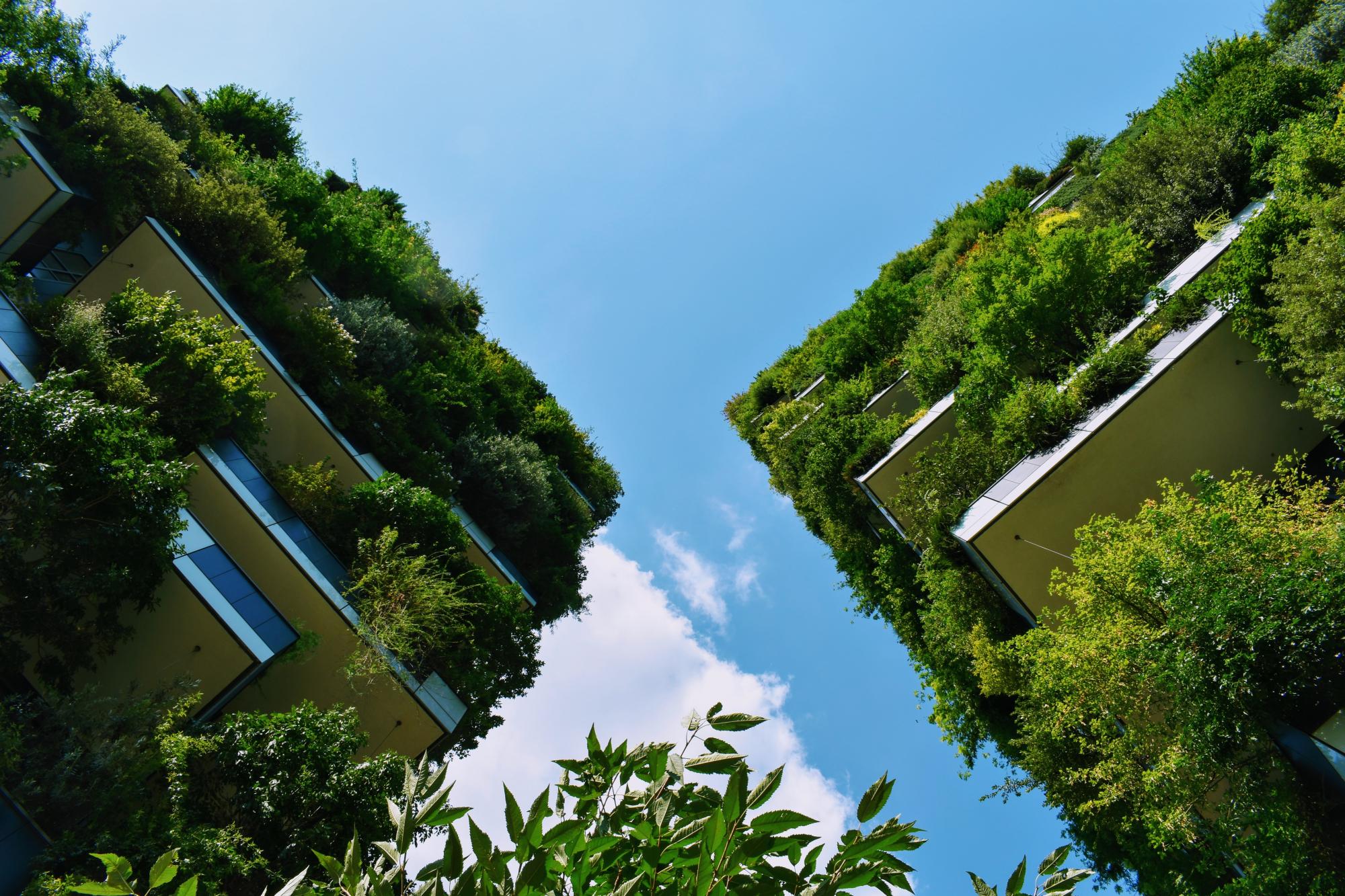Climate change has become the day-to-day struggle for this nation - an island nation that faces serious sea-level rise implications should the problem remain uncurbed. The impacts seen are related to rising temperature, sea-level rise (coastal erosion), and changes in rainfall (flooding). To reduce the vulnerability of the population of two regions next to its capital (Victoria), the Ministry of Environment and Energy of Seychelles initiated in 2012 a project aiming at improving the quality of life for the people of Seychelles and restore coastal zones as well as the ecological habitat related to them through nature-based solutions. The project will reduce these vulnerabilities by spearheading ecosystem-based adaptation as climate change risk management—restoring ecosystem functionality, and enhancing ecosystem resilience and sustainable watershed and coastal processes, in order to secure critical water provisioning and flood attenuation. (1)
Overview
Nature-based solution
- Blue infrastructure
- Coastlines
- Coastal wetland, mangroves and salt marshes
Key challenges
- Climate action for adaptation, resilience and mitigation (SDG 13)
- Climate change adaptation
- Coastal resilience and marine protection (SDG 14)
- Coastal protection / hazard mitigation
- Marine and coastal biodiversity protection
- Green space, habitats and biodiversity (SDG 15)
- Habitat and biodiversity conservation
- Green space creation and/or management
- Water management (SDG 6)
- Flood protection
- Economic development and employment (SDG 8)
- Tourism support
Focus
Project objectives
Implementation activities
Climate-focused activities
Climate change adaptation:
- Implement solutions to capture/store water to increase its availability and prevent shortages from droughts
- Protect coastal and freshwater ecosystems to prevent coastal erosion and pollution
- Restore wetlands and/or coastal ecosystems to dissipate the effects of flooding and/or storms
Biodiversity conservation or restoration-focused activities
Biodiversity conservation:
- Protect and enhance urban habitats
- Preserve and strengthen existing habitats and ecosystems
- Protect species
- Undertake specific measures to protect species
- Undertake specific measures to protect native species
- Undertake specific measures to protect valued species
- Control and clean invasive alien species
- Means for conservation governance
- Biodiversity offsets
- Raise public awareness
- Public engagement
Main beneficiaries
- National-level government
- Local government/Municipality
- Public sector institution (e.g. school or hospital)
- Citizens or community groups
- Young people and children
Governance
Management set-up
- Government-led
Type of initiating organisation
- National government
Participatory approaches/ community involvement
- Dissemination of information and education
- Joint implementation (e.g. tree planting)
Details on the roles of the organisations involved in the project
Project implemented in response to ...
Financing
Total cost
Source(s) of funding
- Multilateral funds/international funding
Type of funding
- Direct funding (grants, subsidies, or self-financed projects by private entities)
Non-financial contribution
- Provision of land
- Provision of labour
- Provision of expertise
- Public authorities (e.g. land, utility services)
- Citizens (e.g. volunteering)
Impacts and Monitoring
Environmental impacts
- Climate change
- Strengthened capacity to address climate hazards/natural disasters
- Water management and blue areas
- Increased protection against flooding
- Enhanced protection and restoration of coastal and marine ecosystems
- Green space and habitat
- Increased green space area
- Reduced biodiversity loss
- Increased number of species present
Economic impacts
- Unknown
Socio-cultural impacts
- Social justice and cohesion
- Increased visibility and opportunity for marginalised groups or indigenous peoples
- Education
- Increased support for education and scientific research
- Increased awareness of NBS and their benefits
Type of reported impacts
Presence of formal monitoring system
Presence of indicators used in reporting
Presence of monitoring/ evaluation reports
Availability of a web-based monitoring tool
References
2. Adaptation Fund (no date), Programme Proposal, Ecosystem Based Adaptation to Climate Change in Seychelles, available at Source link (accessed 6-10-2021)
3. Sumetee Gajjar (2020), African perspectives Global insights -Nature-based Solutions to Climate Change in Coastal Cities, available at Source link (accessed 6-10-2021)
4. Government of Seychelles (2020). Seychelles’ National Climate Change Policy, Ministry of Environment, Energy and Climate Change, Seychelles, available at Source link (accessed 6-10-2021)
5. Seychelles News Agency (2018), Tree-planting project in Seychelles seeks to preserve watersheds, catchment areas, available at Source link (accessed 6-10-2021)
6. Seychelles News Agency (2018), Seychelles getting more reservoirs that use natural engineering to store water, available at Source link (accessed 6-10-2021)
7. Seychelles News Agency (2019), Teachers in Seychelles to get new climate change curriculum guide focusing on island nation's situation, available at Source link (accessed 6-10-2021).





